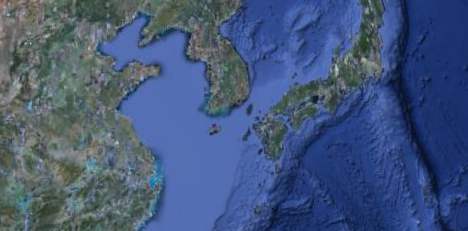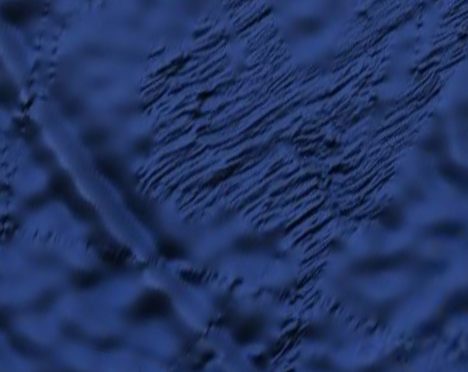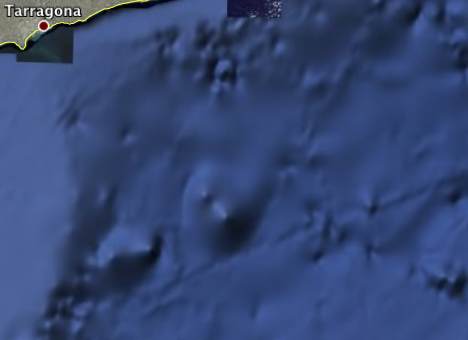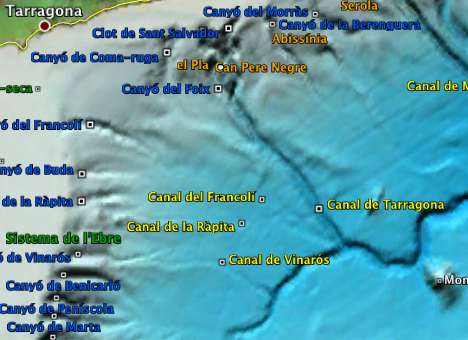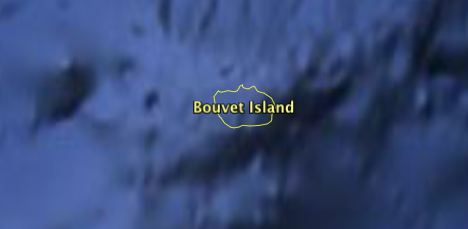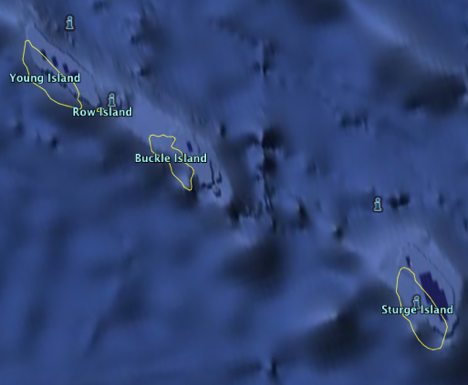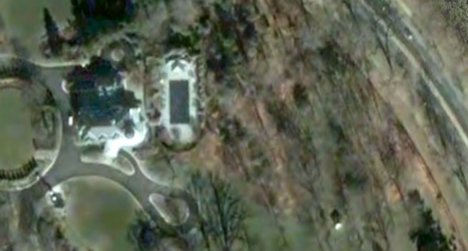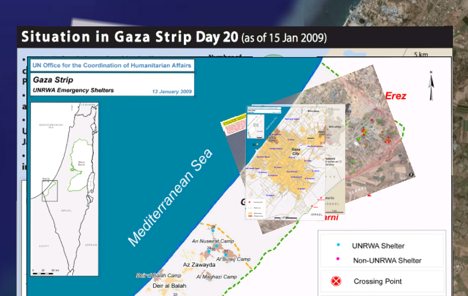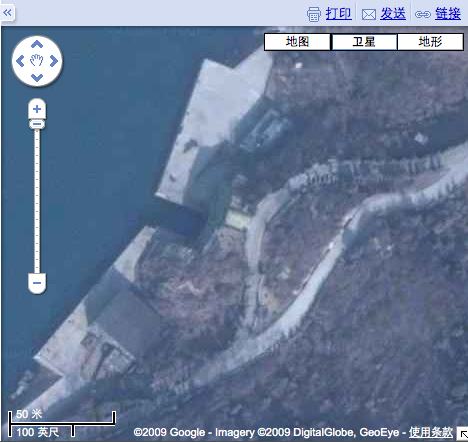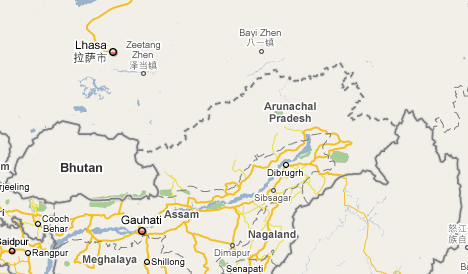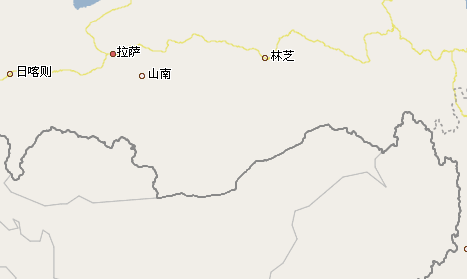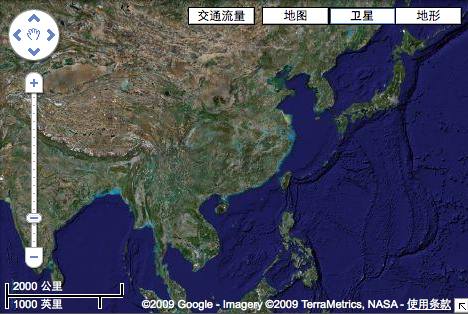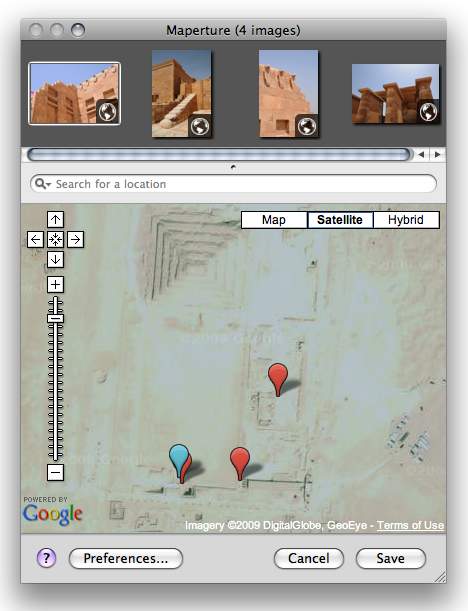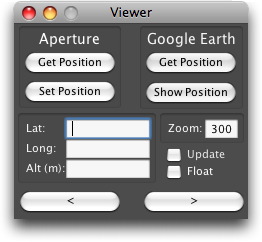Some notes on the satellite image of the Mall and the Capitol taken just before the US presidential inauguration yesterday, at 11.19am ET, and released just a few hours later (here is the KML file for Google Earth):
1. The fast turnaround from the GeoEye-1 satellite is a harbinger of how we will soon expect to see satellite imagery — not quite real time, but with a delay of just a few hours (weather- and satellite-positioning permitting). The impact of seeing momentous events as they unfold — not just celebratory ones like an inauguration but also natural and man-made disasters — will have the power to rally public opinion in new ways, I think, especially in places from where there is no live media access.
2. Instead of an image of the White House taken in 2002 — from Google Earth’s default view — we now have ourselves an brand-new image from 2009:
2002:
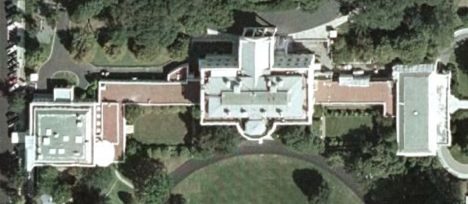
2009:
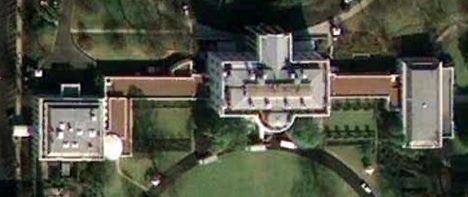
Not much has changed on the roof of the White House; a lot of the features are the same. Considering that the 2009 image was release mere hours after being taken, I think it’s highly unlikely any doctoring occurred here or anywhere else on the image — nor on the odler image, as some conspiracy theorists have mooted.
3. The version used by CNN is at approximately 1 meter per pixel. The “high-resolution” download at the GeoEye website has a resolution of 2 meters per pixel, or 4 times worse. Only the KML file released by Google contains information at 50cm per pixel.
4. Don’t humans just look exactly like ants from high up enough?

